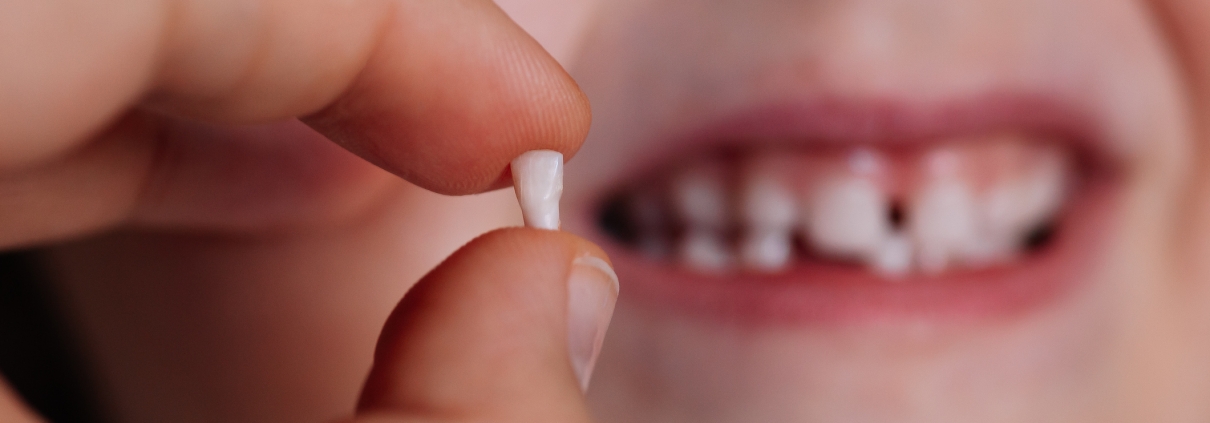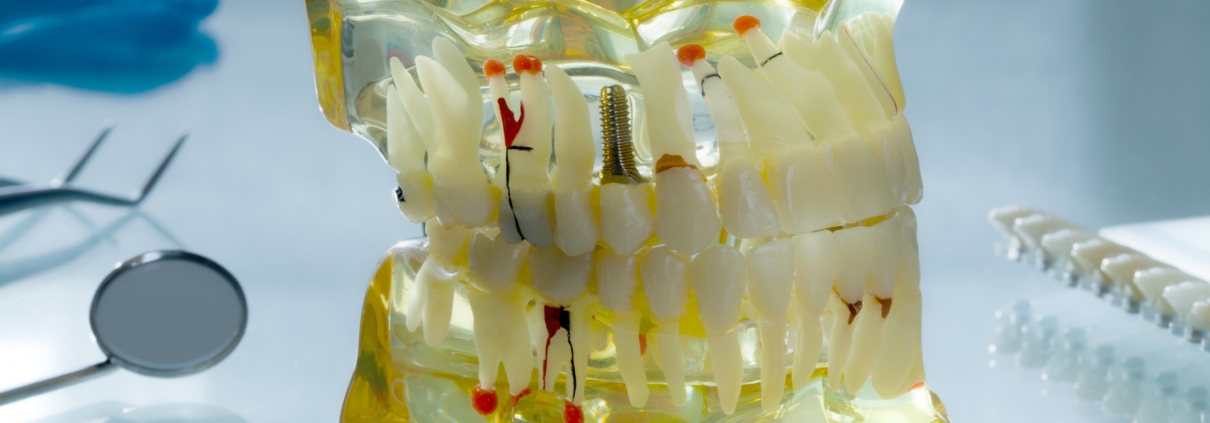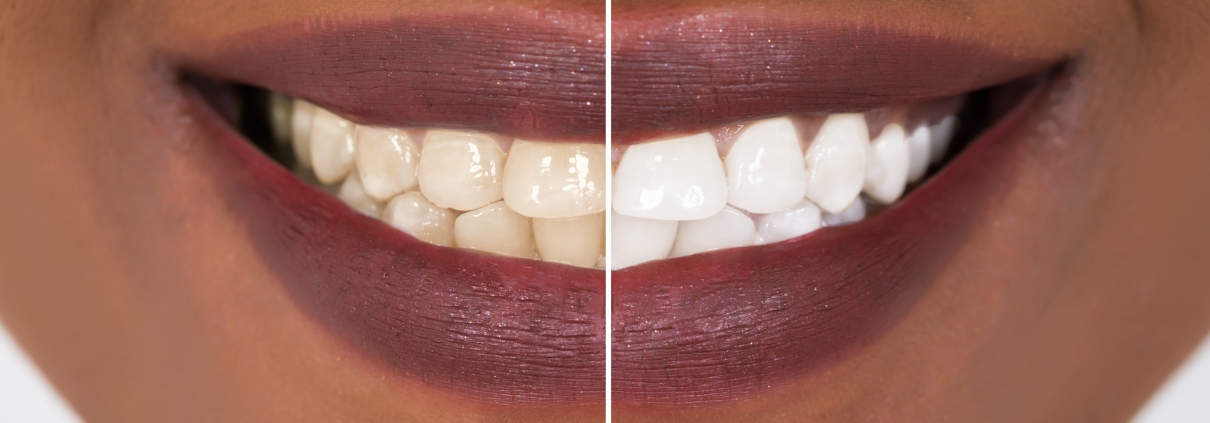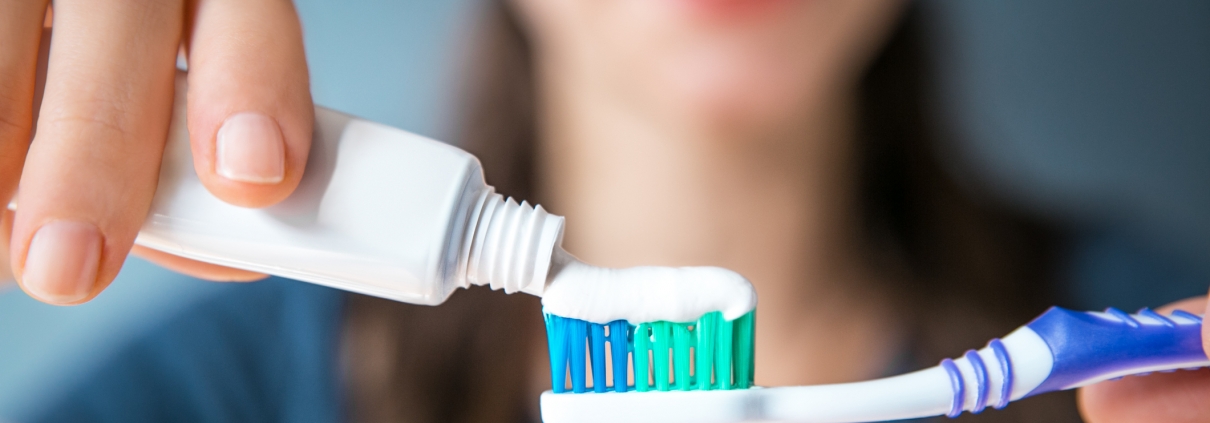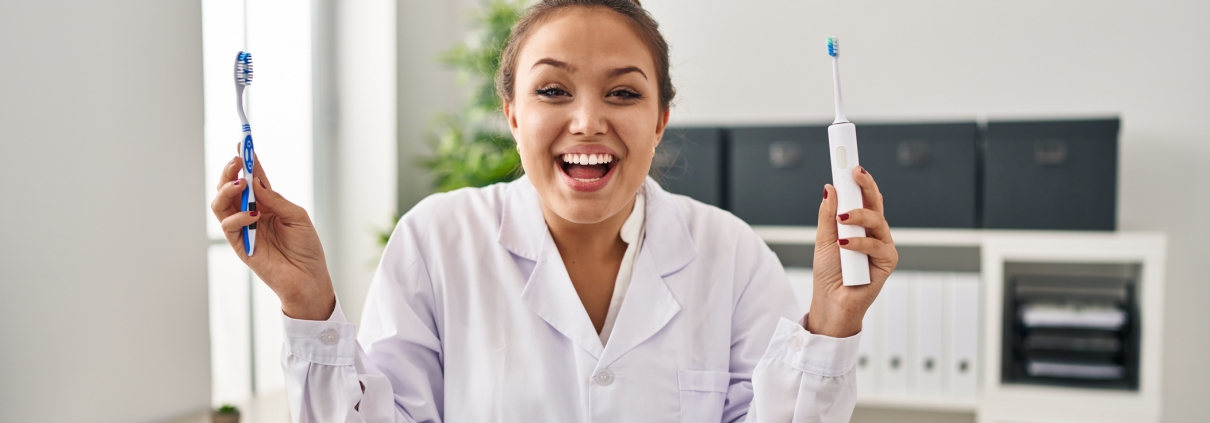When it comes to oral health, the focus often lies on the appearance and health of our teeth. However, the roots of baby teeth play a crucial role in a child’s dental development. Despite being temporary, baby tooth roots serve essential functions that contribute to a child’s overall oral health and well-being. Understanding the importance of these roots can help parents and caregivers prioritize the care of their child’s baby teeth.
Stability and Function:
Baby tooth roots serve as anchors, providing stability for the teeth and facilitating proper chewing and biting functions. The roots keep the baby teeth securely in place, allowing children to effectively break down food and promote efficient digestion. Proper chewing ensures that children can receive the necessary nutrition from their diet, supporting their overall growth and development.
Maintaining Space for Permanent Teeth:
One of the vital roles of baby tooth roots is to maintain adequate space for the eruption of permanent teeth. Baby teeth hold space in the jaw for permanent teeth to grow and develop correctly. If a baby tooth is lost prematurely due to decay or trauma, neighboring teeth may shift or drift into the empty space, potentially causing alignment issues. This can lead to crowding, misalignment, and the need for orthodontic treatment later on. Preserving the health and integrity of baby tooth roots helps ensure that the permanent teeth have sufficient space to emerge properly.
Facilitating Speech Development:
Baby tooth roots also play a significant role in speech development. These teeth contribute to the proper positioning of the tongue and lips during speech formation. The correct alignment of baby teeth allows children to articulate sounds and words more effectively, supporting the development of clear speech patterns and language skills. Early loss or damage to baby teeth roots can potentially affect a child’s speech development and require additional intervention.
Caring for Baby Tooth Roots:
To ensure the health and longevity of baby tooth roots, it is essential to establish a proper oral hygiene routine from an early age. This includes regular brushing with a soft-bristled toothbrush, using age-appropriate fluoride toothpaste, and teaching children how to floss correctly. Regular visits to a pediatric dentist are also crucial for professional cleanings, examinations, and early detection of any dental issues.
While baby teeth are temporary, their roots play a vital role in a child’s dental development. Baby tooth roots provide stability, guide permanent teeth eruption, maintain space, support speech development, and contribute to psychological well-being. By understanding the importance of baby tooth roots and prioritizing their care, parents and caregivers can set the stage for a lifetime of healthy smiles and optimal oral health.

